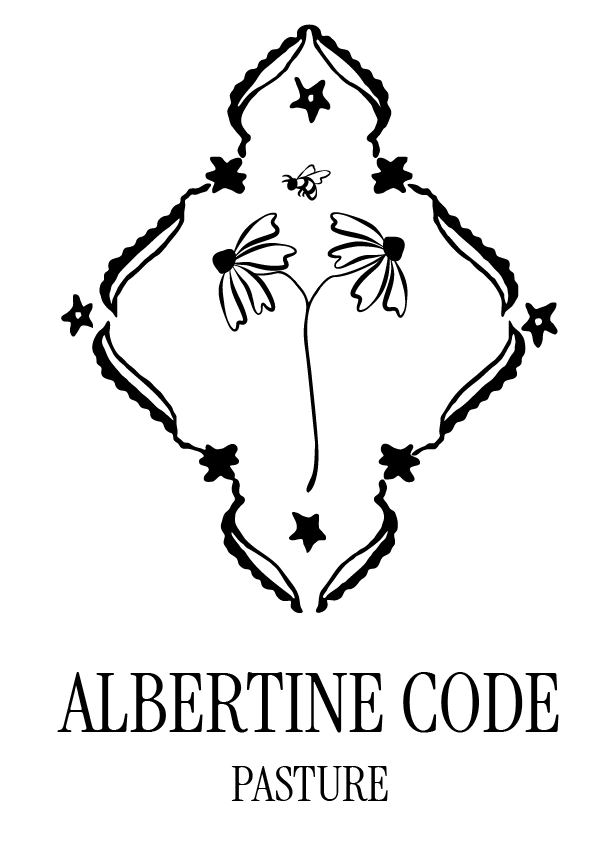
The Pasture at Grandfather Farm
Sewn into a deeply rural environment, this defunct dairy farm is a cobbled mass of former smallholdings established by Norwegian settlers who first raised tobacco and later dairy cows as their cash crops. Criss-crossing hundreds of acres are white-tailed deer imported in the 1970s from a neighboring state which swapped deer for a portion of Wisconsin’s wild turkey population, all for recreational hunting purposes. Hunting continues legally, quasi-legally and illegally and is not easily monitored. Between the woods and cropland is a pasture that stretches over half a mile in a thin line following a small creek. The pasture is typically for grazing cows or other livestock, but it also houses a wild garden of edible plants, rough orchards of apple and black walnut trees, raw clay, coyotes, rabbits, raptors, thistles and nettles. Here you can harvest wild chamomile and watch both wild and managed bees work alongside one another. You can follow animal tracks and listen to how animals track you.



